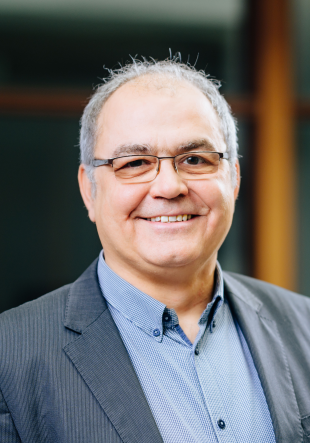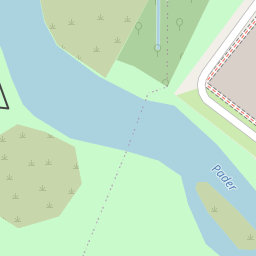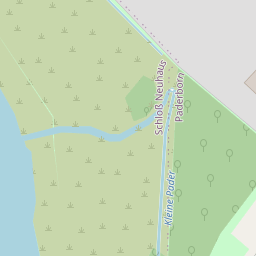SPEED - Silicon Photonics Enabling Exascale Data Networks
Key Facts
- Grant Number:
- 13N13754
- Research profile area:
- Optoelectronics and Photonics
- Project type:
- Research
- Project duration:
- 10/2015 - 09/2018
- Funded by:
- BMBF
More Information
Contact
If you have any questions about this project, contact us!
apl. Prof. Dr. Wolfgang Müller
System and Circuit Technology / Heinz Nixdorf Institut
Apl. Professor

Sergiy Gudyriev, M.Sc.
System and Circuit Technology / Heinz Nixdorf Institut
Ehemaliger

Mohammed Iftekhar, M.Sc.
System and Circuit Technology / Heinz Nixdorf Institut
Wissenschaftlicher Mitarbeiter























